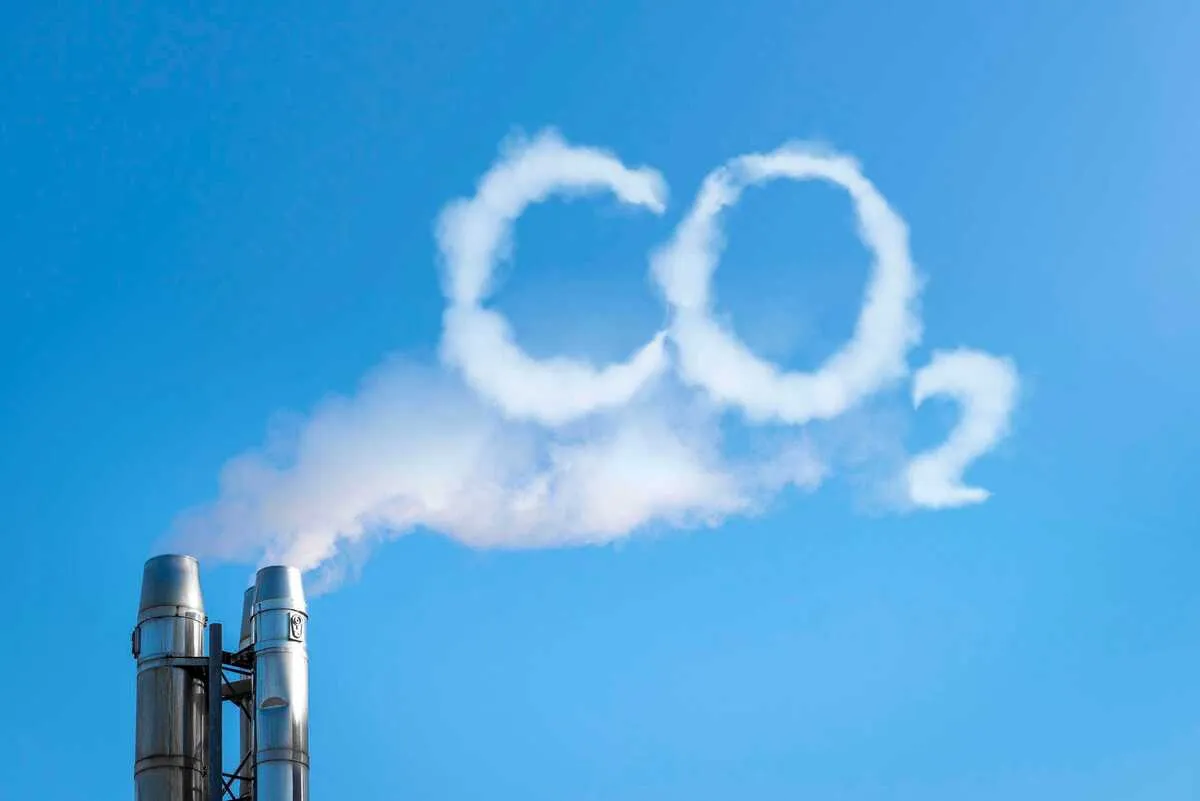Scientists Develop New Method for Reducing Carbon Dioxide

The results were recently published in the journal Nano Research.
The conversion of carbon dioxide (CO2) into carbon monoxide (CO) through electrochemical reactions has the potential to reduce pollution levels by removing CO2 from the atmosphere and also providing an alternative energy source, as CO can be used as an ingredient. However, the catalysts that are currently used in these reactions are not efficient or selective enough to make this process a practical solution.
“With this work, we hoped to solve the problem of environmental pollution and energy shortage through electrochemical conversion of carbon dioxide to value-added products,” said corresponding author Minna Cao of the State Key Laboratory of Structural Chemistry, Fujian Institute of Research on the Structure of Matter, Chinese Academy of Sciences, and of the University of Chinese Academy of Sciences. “In order to enhance the local CO2 concentration on the catalysts’ surface, we utilize macromolecule cucurbit[n]uril to functionalize gold surface, which is the distinguishing feature of our work from those that have been done before.”
According to the researchers, gold is known to be highly active in converting CO2 to CO relative to other catalysts. However, the binding energy of both CO2 and CO to the gold catalyst surface is positively correlated, which clashes with the need in CO2RR for CO2 adsorption and CO desorption, since the CO desorption does not occur due to the positive correlation of its binding energy to the catalyst.
The researchers created a controlled synthesis of nanoparticles by modifying CB[6]. CB[6] has negatively charged portals and positively charged surfaces, which helps contribute to the result of having the electronic interaction between CB[6] and metal regulate the catalytic performance.
The researchers verified both the morphology and surface structure of the nanoparticles through transmission electron microscopy. The gold-based hybrid material (Au@CB[6]) was proven to enhance CO2RR catalytic activity.
“We have proved the interaction between cucurbit[6]uril and CO2 through operando electrochemical measurement and density functional theory calculations,” Cao said.
According to the researchers, multiple factors contribute to the improved catalytic performance. First, the CB[6] can increase the local CO2 concentration near the metal surface by gathering CO2, which means that the Au@CB[6] has tunable, or adjustable, CO2 enrichment. Additionally, the modification of CB[6] allows for improved CO2RR by breaking the previously mentioned scaling relations of the binding affinity between the catalyst surface and CO2/CO.
Also, one reason that CO2RR was limited in efficiency with gold surface catalysts previously is that CO2 has low solubility in aqueous electrolytes, an issue that the researchers solved by using the highly specific binding force of macrocycle to selectively adsorb certain species to regular the electrocatalytic reaction.
“The results showed that CB[6] can gather CO2 and lead the increased local CO2 concentration near the metal interface, as well as promote CO desorption, which are the dominating reasons for enhanced CO2RR performance,” Cao said. “Using the rigid macrocycle cucurbit[n]uril to modify the catalysts’ surface is a promising pathway to enhance the electrocatalytic performance.”
The researchers plan to continue to modify the catalyst in order to further improve the efficiency of the CO2RR.
“In the next step, we hope to adjust the shape and size of the gold catalyst in the presence of cucurbit[n]uril to further promote the catalytic performance toward electrochemical reduction of carbon dioxide to value-added products,” Cao said.
4155/v





















